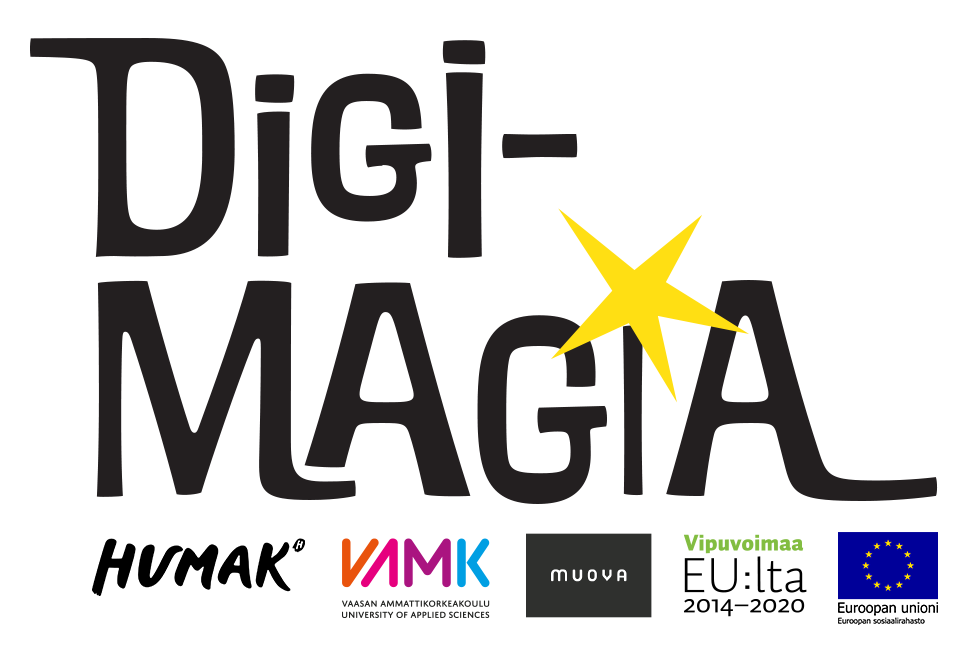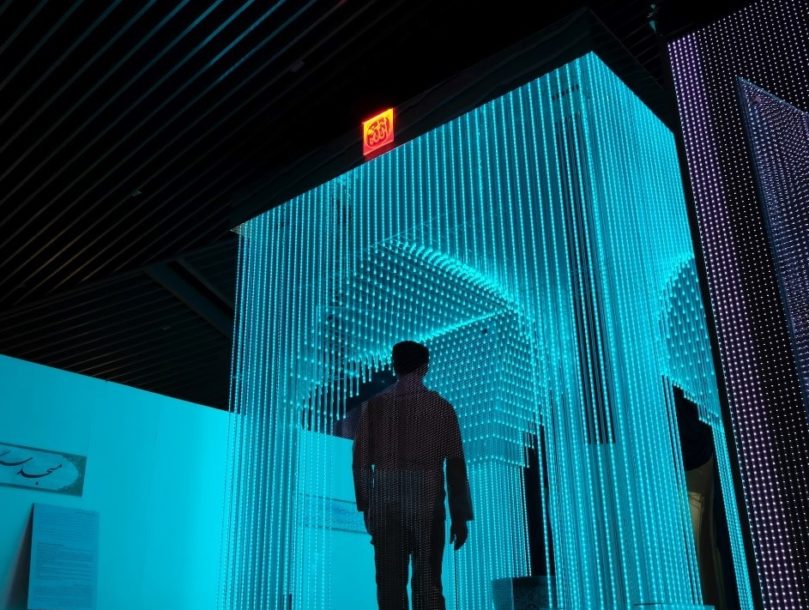Impression from the conference
One of the most thought-provoking and memorable presentations at the DRS 2022 conference was a keynote speech by the dancer and “cyborg” Moon Ribas. She is an artist known for having implants, that are connected to seismographs, in her feet. (Yes, you read correctly.) When there is an earthquake somewhere on the planet, her body causes vibrations and the data is then recorded online. This data is used by Ribas and transformed into dance movements or music which often incorporates elements of spontaneity and uncertainty. For example, the artist stands still while waiting for earthquakes to occur, and when any seismic activity is identified by the technology, she mediates them through her stage performance. She, as a dancer and choreographer wanted to experience movement in deeper ways. By practising this technique, she moves according to the intensity of the earthquake, and the performance becomes more like a duet between the earth and herself, where the earth is the actual choreographer and she is there imitating the data provided by the earth. This way, the agency in the performance is not only the artist’s, but giving voice to nature as an actor. With her other “cyborg” partners, Ribas hopes that she will empower more artists to embrace this kind of new forms of evolving technologies and experience different ways the body moves and find a way to communicate these phenomena which are not usually perceived with regular senses. It gave a great insight into unusual and unexpected ways of working with technology and design and connecting with the natural world in ways that at first seem unimaginable. A truly unique example of the role that technology can play role in art and culture! For more, see: https://edition.cnn.com/style/article/moon-ribas-cyborg-smart-creativity/ index.html
Technology, design and society
Some of the more interesting discussions at the DRS extended the scope of design beyond human-centredness, which has so far largely been a dominating paradigm in the field. Instead, several papers dealt with the idea of distributed agency. This view challenges human’s needs as the primary focus in design activity, and extends the perspective to the impact of the broader surrounding social and natural world. Technological advances should thus not solely fulfill user needs, but apply a broader system thinking; connecting with the environment, understanding the technological impacts of our everyday lives and increasing sustainability, both concerning environmental effects and social inclusion through participatory design of multiple stakeholders.
TEXT | Srushti Shah
Image link: man in black jacket standing on blue lighted room photo – Free Image on Unsplash


